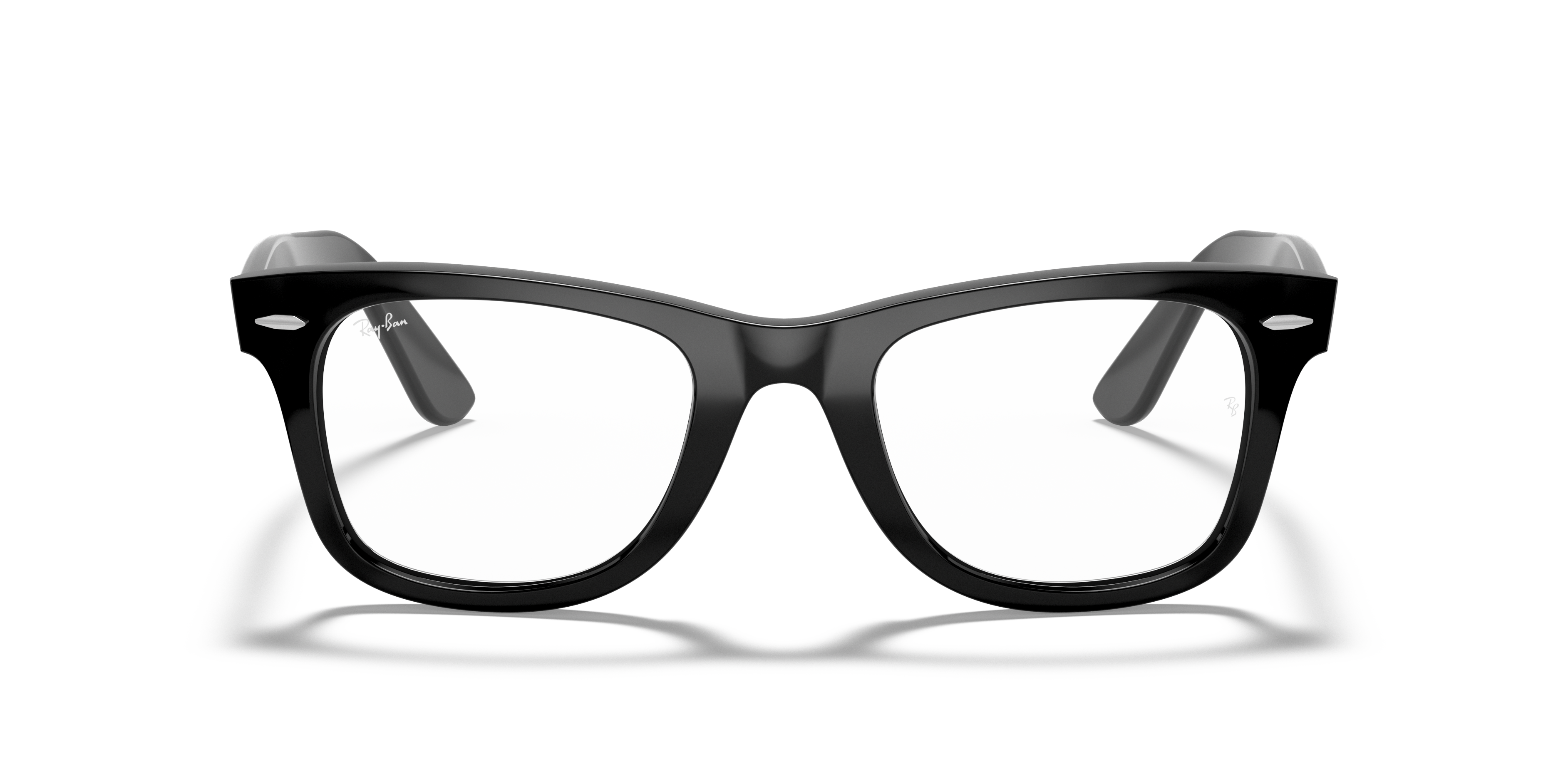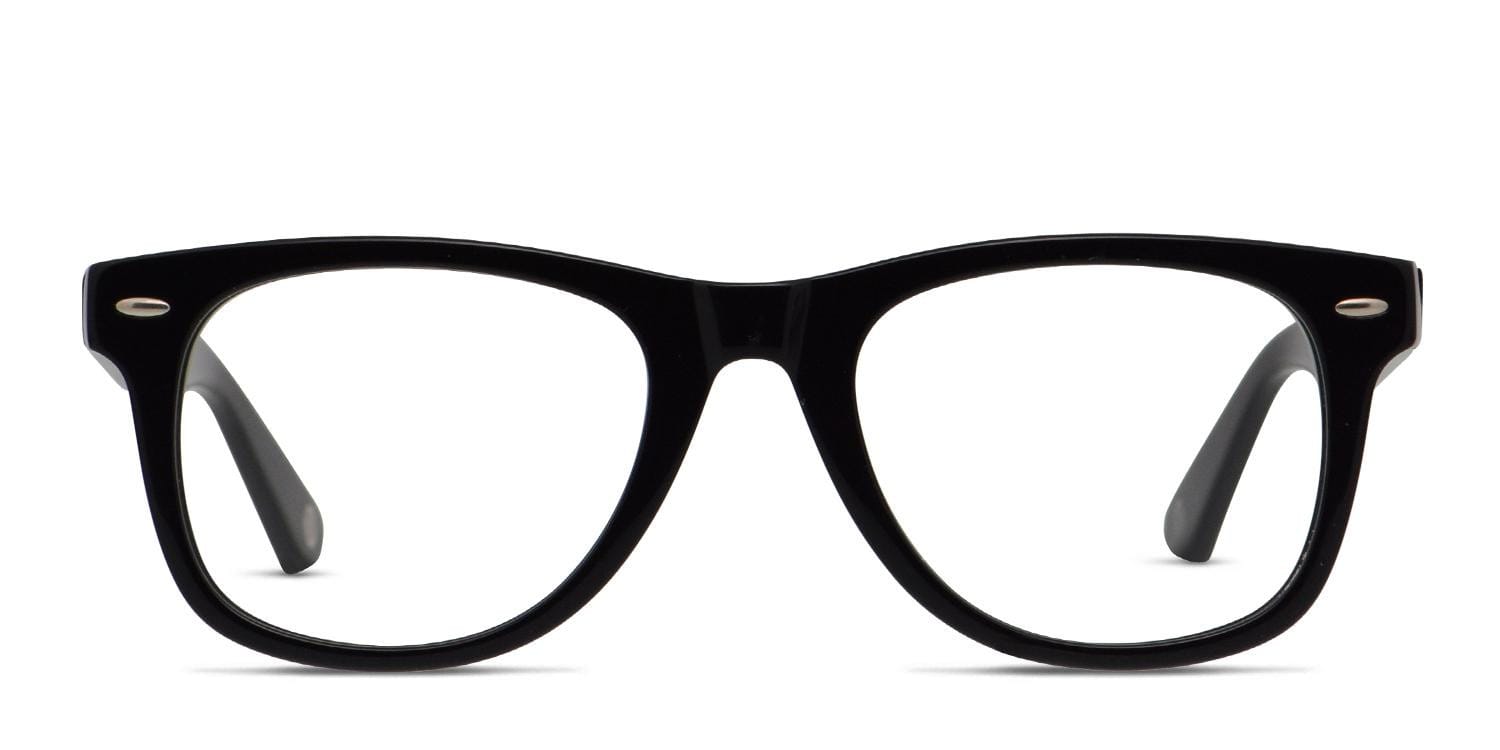If you’ve ever purchased prescription glasses, you know they can be expensive, especially if you don’t have vision insurance to help offset the cost. This post will look at some of the factors that affect the cost of prescription glasses without insurance and offer tips on how to save money on your next pair of glasses.
From frames, lenses, coatings, and extras like blue-light filtering, it can all add up quickly. Let’s take a look at the different ways you can get your glasses for less, so you don’t have to break the bank.
(This page contains affiliate links. OGR may receive compensation if you click a link and make a purchase.)
Average Cost of Prescription Glasses Without Insurance in the U.S.

In 2019, the average price of prescription glasses without insurance in the United States was $231 for frames and $112 for single-vision lenses. It’s almost assuredly more than that now.
This means that you’re looking at shelling out over $300 dollars on average for a complete pair of glasses!
Of course, your actual price will vary depending on the type of frame and lens you choose, whether you select a designer frame, in addition to where you live, and any additional lens treatments or options.
The price range for prescription eyewear is quite wide, from the equivalent of buying lunch to buying a new laptop computer.
The cheapest options (usually found online) can be as low as $20 for basic plastic frames and lenses without any special lens treatments.
At the other end of the spectrum, luxury fashion label glasses with premium lenses can easily cost upwards of $1500 or more in total.
Factors That Affect the Cost of Eyeglasses

Prescription Type
The type of prescription that an individual requires for their eyeglasses will significantly impact the cost.
Single-vision lenses – used to correct one-distance vision type (near or distance) – are typically less expensive than multifocal lenses
Bifocals, progressive lenses, trifocals, and lenses designed to correct astigmatism or other vision issues will typically be more costly due to the added complexity in production.
Additionally, individuals with strong prescriptions (i.e. over + or -.4.00) often opt for thinner and lighter lenses, which are more expensive.
Frame Choice
Your choice of frame greatly affects the cost of a complete pair of prescription eyeglasses. Designer frames – due to their brand recognition, materials and craftsmanship – tend to have a substantial markup compared to non-designer frames.
Budget frames will typically be made from lower-quality plastics or metals, while designer frames are usually constructed from higher-end materials (but not always!).
There’s also a middle ground between the two extremes: mid-range frames offer more variety and style without going overboard on the price. Many people who’ve worn both high-end designers and a less pricey, independent brand often report a similar level of quality and comfort.
So you don’t have to give up style or even quality to save money.
Lens Choice/Treatments

Besides the frame, your choice of lens material and any additional treatments or options can drastically affect the total cost.
Whether you are selecting regular plastic lenses, polycarbonate lenses, high-index lenses for strong prescriptions, or special treatments such as photochromic (light-adjusting) or blue-light filtering, all these choices can add a significant amount to the cost.
For example, standard CR-39 lenses are the most economical, costing anywhere from $29-$149. Polycarbonate, more impact-resistant and thinner than the CR-39, may set you back up to $205.
High-index lenses, which range from 1.60-index (thin) all the way up to 1.74-index (super-thin), are even more.
Lens coatings and treatments are designed to improve the durability, performance, and protection of eyeglasses.

These treatments can include anti-reflective coating (which reduces glare), blue light filtering treatment (said to improve sleep quality), scratch-resistant coating, UV protection, and tinted lenses.
All of this requires extra labor, material and processing, adding to your overall cost. In some cases, the cost of lens coatings can be quite expensive – especially if multiple treatments are requested.
Tips for Saving Money on Prescription Glasses Without Insurance
Thankfully, there are a few different ways you can save money on a pair of glasses so you’re paying an arm and a leg just to see clearly:
Shop Online
Many online retailers offer great prices and discounts, making it easier to find the right frames at the right price.
Plus, when shopping online, you’ll have access to a much larger selection of eyewear than what’s available through local optical stores.
5 Reasons To Buy Glasses Online
Look for Specials and Discounts
Many stores offer discounts throughout the year, especially around holidays.
Additionally, some employers may offer their employees discounted rates on eyewear purchases or even include vision coverage in their health benefits package.
Many opticals also offer value packs which include frames and lenses at discounted prices.
These packages usually come with basic options such as CR-39 lenses but can still be a great way to save money on eyeglasses.
You can also really stack the savings by buying your glasses online with insurance.
Buy Frames and Lenses Separately

That’s right, you don’t have to purchase your frame and lenses together at the same place.
Buying the frame separately is totally doable – most optical stores will produce and fit Rx lenses for you as long as the fit and quality of the frame you’re bringing in is good enough.
For example, you can often find Ray-Bans or Oakleys online at a significant discount. Once you’ve purchased the frame you want, you can then take it to your local optical store to have customized lenses installed.
Skip the Brand Name Frames
When selecting frames, look for styles that fit within your budget. Avoid designer brands as they typically have higher markups and costs associated with them.
Though designer frames may be tempting, you can usually find similar styles at much lower prices – and with the same or higher quality materials – from independent eyewear brands.
Additionally, you can often find budget-friendly frames at discount retailers or online stores such as Zenni Optical.
Invest in Quality

When most people think about saving, they’re usually looking for the cheapest option. However, it’s important to remember that not all products are created equal – and this is especially true when it comes to eyeglasses.
Ultra-cheap glasses might look like a good deal but they’re often made of lower-quality materials that won’t last as long.
Invest in quality frames and lenses that will last a few years or more, even if it means spending a bit more upfront.
Quality frames can be quite durable and may last for several years, potentially saving you money in the long run. Additionally, good lenses are less likely to scratch or break, which can save you money on replacement lenses.
Final Thoughts
It can be overwhelming to shop for the right prescription glasses without insurance. With the plethora of options in the eyewear market and these tips, however, you should be able to find a pair of frames and lenses that meet your budget and style.

